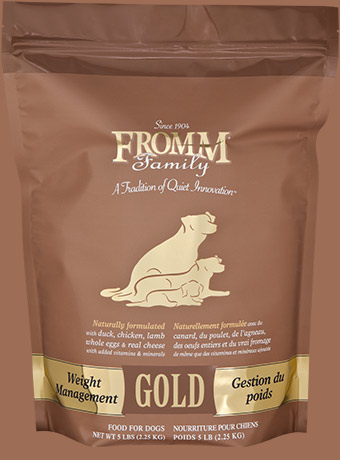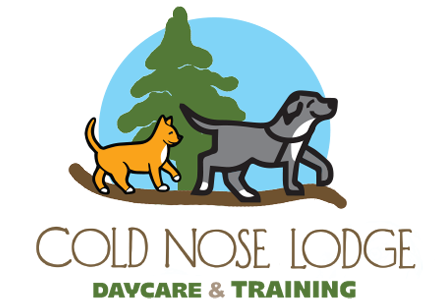Do You Know About This Epidemic That Is Affecting Over 50% of U.S. Dogs?
Do You Know About This Epidemic That Is Affecting Over 50% of U.S. Dogs?
54% of dogs in the United States are overweight or obese. Here’s the thing though: only 17% of owners with overweight or obese dogs agree with their veterinarian’s assessment. Part of me understands this. We love our dogs and would never want to do anything to hurt them. It’s easy to brush it off as just the way they are–big boned, or for dogs who love to spend the day napping–a lost cause.
While reviewing the statistics on pet obesity in the U.S., one correlation jumped out at me. The incidence of obesity dramatically decreases with age. Dogs who are overweight or obese are prone to a variety of ailments, including diabetes, arthritis, heart disease, and immune dysfunction. Simply put, these dogs do not live as long as their friends with healthy weights. Unfortunately, despite these sad statistics, each year not only are there more overweight and obese dogs, but there is an increasing severity and incidence of super-obesity.
Fortunately, it’s simple to assess your dog’s body condition. Here are 3 easy steps:
- Feel your dog’s ribs. You should be able to feel each distinct rib with just a very slight amount of fat cover. If there is more than just a very thin layer of fat or you can’t feel your dog’s ribs at all, your dog is overweight.
- Feel the base of the tail, spine, shoulders and hips. These areas should feel smooth with a little more fat cover than the ribs. There should be no bony protrusions, but if you can’t feel the bones at all, your dog is overweight.
- Look at your dog from above. They should have that coveted hourglass figure with a tapered waist. The waist, the space between the ribs and hips, should be narrower than the ribs and hips. This goes for all breeds. Even dogs with unusual body shapes such as dachshunds, pugs, bulldogs, and APBTs should absolutely have a waist.
If after this assessment you are thinking, “Uh oh, I just might have an overweight dog on my hands” don’t worry. It can be reversed before your dog suffers the ill effects. It really all comes down to one simple formula–calories in vs. calories out. To lose weight, your dog must simply burn more calories than they take in. This is achieved through a combination of decreasing the amount of calories your dog takes in and increasing the amount of calories your dog burns. I just want to note that medical conditions like Cushing’s and hypothyroidism can also lead to weight gain. These are exceptions to this rule. If you fear your dog’s weight gain could be caused by disease, please visit your vet for testing.
To painlessly decrease the amount of calories your dog takes in, weight management foods are a powerful tool. 
We recommend Fromm Weight Management Gold. Made with lean meats, this food cuts calorie intake while still offering a complete and balanced nutrition formula that leaves your dog full. Cutting back on treats and swapping them for lower calorie options also aids in weight loss. Stop in to Cold Nose Lodge if you’re interested in picking up Fromm’s weight management food or need some direction on the best low calorie treats for your pup.
The other half of the puzzle, increasing the amount of calories your dog burns, is just as simple. Extended play sessions, longer walks, or full days of exercise at doggy daycare are all great ways to get their body moving. If your dog is more of a couch potato that isn’t keen on exercise, don’t give up! As your pup loses weight, they may surprise you! The easier it is for them to move around and the better they feel will put some spring in their step. Call us at (610) 965-3647 to schedule an evaluation for doggy daycare at Cold Nose Lodge today!
